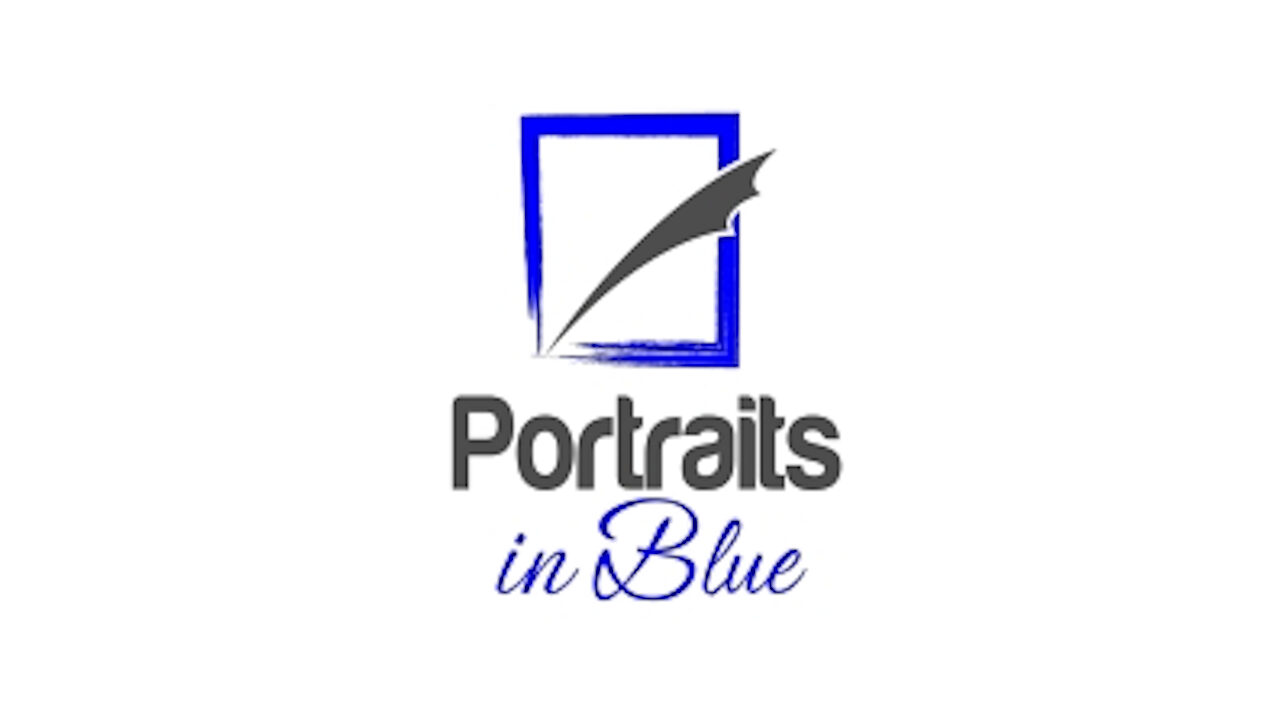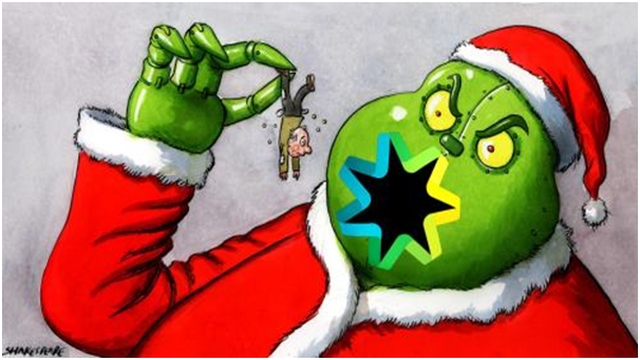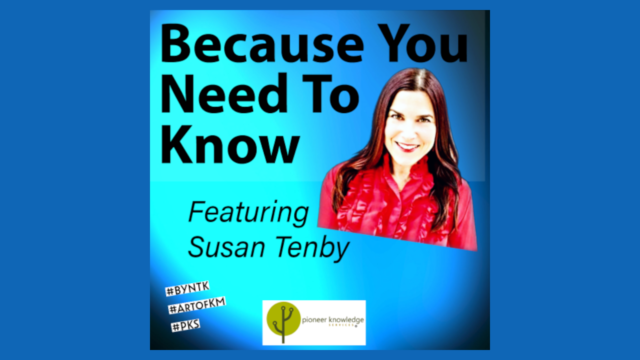
How sense-making helped a community reclaim their voice
Laurel Sutton from the Complexability collaborative network recently sat down with me to talk about the Portraits in Blue (PIB) initiative – a multi-year social research project conducted in the 2010s which used SenseMaker® to capture the stories of people experiencing depression as well as their friends and families.
Through emergent conversations with people with lived experience of depression, Sutton and others had identified that the community was seeking ways to both destigmatise conversations about the process of mental health diagnosis and treatment, and to reconceptualise how people thought about their experiences. It became apparent that there was little space for people with actual, lived experience of depression to tell their stories in their own words, to make meaning of them and be the experts in their own experience.
The key innovation of Cognitive Edge’s patented SenseMaker® software is enabling what is termed disintermediated sensemaking – allowing people to tell stories about their experiences and to also decide what those stories mean through a process of “self-signification”.
By bypassing the normal process of “expert” interpretation of collected stories, SenseMaker® allows patterns in stories to naturally emerge. In turn, these patterns of behaviour or outcomes help organisations to identify facets of operations that either need to be amplified or dampened through a range of complex systems interventions.
Despite this process of disintermediation, traditional SenseMaker® projects – while collaborative in nature – still have the technical experts running the overall engagement. This includes designing questions and signifiers, providing at least an initial analysis of the data and on occasions, recruiting participants. This process creates a framing risk where the range of answers available may be narrowed in ways that confirm pre-existing biases of the person constructing the study.
Around 2013, as a result of a series of conversations, between people with lived experience of depression, Sutton and her partner Viv Read (both SenseMaker® practitioners) came up with a radical idea. What if the community assumed total ownership of the project and was responsible for project leadership and design? What would it look like for people with lived experience of depression to put themselves in the role of “expert” – to design their own research study and analyse the results of their own collected stories? This would shift ownership to the people who had direct knowledge of depression, recognising that only those who have experienced depression can really understand it.
Sutton is emphatic about this point: The role of Complexability and the other experts participating in PIB was only to provide facilitation and technical expertise, primarily advice on the successful use of the SenseMaker® tool itself. The community had full control about the conduct of the research and ‘owned’ the outcomes of the analysis.
After assembling a reference group of people with lived experience of depression, the collaborators created a written agreement on how the project would work, formally setting out the roles and expectations of each party. Cognitive Edge were contacted and generously agreed to make their software available to the group at no cost due.
In fact, the whole study would not have been possible without many people and organisations of good will agreeing to contribute their time and expertise for free, including the community services organisation Micah Group and Minter Ellison Brisbane, who assisted in drawing up agreements for participants to sign on a pro bono basis.
An unexpected challenge during the stage of study design arose about the question of ethics. While ensuring an ethical study was carried out was of paramount importance, all ethics processes assumed institutional involvement and control in a very top-down manner. This did not apply in the consensual, collaborative approach of the PIB team. People with lived experience in particular saw it as a vote of no-confidence, that “they think we cannot look after ourselves”. It became necessary for an ethics statement to be independently drafted, again with the support of Minter Ellison staff, to clearly place the management of the project’s ethics into the hands of the people with the lived experience.
As a volunteer effort with lots of processes being figured out for the first time, the narrative collection instrument design process took months to complete. The reference group ended up completing three narrative collection instruments– one for those diagnosed with depression, one for practitioners, and one for carers or friends of those with depression. Each survey was asked different questions to better focus on the relevant experiences of each group. Subsequent rounds of testing and refinement followed.
Finally in late 2014, online narrative collection instruments were made available for people to contribute their stories and calls for contributions posted on websites, Facebook, and relevant community groups. While some submissions were collected, the use of online capture alone proved insufficient and the decision was made to collect narratives in a more socialised, face-to-face environment.
Sutton and her collaborators were more actively involved in facilitation at this point in the process, providing information about the context of the project over a cup of tea and coffee to a group and supporting them begin the process of informally telling their stories.
However, the emphasis on light-touch facilitation was maintained throughout – for example, rather than elaborating on a question or statement, facilitators would only repeat them verbatim to ensure that the intent of the reference group was preserved. As stories began to emerge naturally, hard copy versions of the survey were provided so that people could then complete the capture and self-signification process independently. Transcription of the hard copy surveys into the system was then completed verbatim (except to preserve anonymity), again to avoid any independent interpretation of contributions.
After collection of around 140 stories from those with depression and 50-60 of their carers, the researchers then ran “meaning making” workshops, again with members from the community. Stories were placed on the wall in a layout that reflected the clustering from the SenseMaker® analysis, and participants asked to provide a label per group that reflected their experiences. This provided some additional insights to the group, such as debunking the idea that celebrities publicly talking about depression destigmatised it. Rather, the feedback from the community felt that their life experiences were too different from theirs and thus not applicable in a “normal” context.
The SenseMaker® results were also used in some provocative conversations with not-for-profit organisations that supported people with depression. Clusters of stories about people who felt “angry” when diagnosed with depression were assumed to be young men – only to be told that the majority of the stories in this cluster were contributed by 50-60 year old women. It turned out that many people had strong feelings about their experiences which either weren’t being communicated or weren’t being heard by providers. This was quite revelatory to the provider’s staff, and led to a commitment to change their practices to take better account of this under-served group.
The process gradually drew to a close in 2018, with participants expressing their satisfaction with the outcomes achieved.
One unfortunate aspect was that despite extensive outreach efforts, there was no take up of the survey by experts themselves and this aspect of analysis had to be discarded.
While motives for non-participation can only be speculated at, Sutton feels that there was definitely an element of existential challenge to “expert” perceptions of identity and knowledge when presented with a study design that did not privilege their position as being above examination.
Reflecting on the overall experience, Sutton feels that the model adopted by PIB could definitely be applied in other situations, where the “elephant in the room” becomes almost impossible to survey and respond to in a top-down manner.
The example discussed was surfacing unaddressed issues of staff wellbeing in organisations – historically an area that is very difficult to honestly discuss due to the identity baggage of managers and leaders who by and large want to be considered benevolent leaders. Sutton believes that a staff-led process could be completed in approximately 6 months. Naturally, the commitment to implementation and monitoring of interventions would be ongoing after that.
Regardless of whether PIB remains a unique effort or becomes a blueprint for truly community-owned diagnosis and action to address complex problems going forward, it is a fascinating story and one that should be celebrated for its achievement in helping a community reclaim their voice.
Acknowledgements: With many thanks to Laurel Sutton for her generous time in retelling this story for the RealKM community.
Header image source: Portraits in Blue Information Pack.






